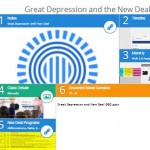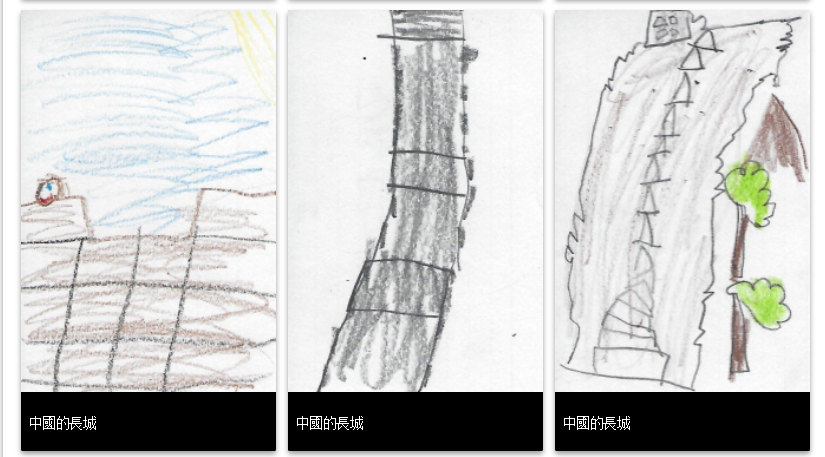Dan Dickey, Deep Run High School
Summary
The immense amount of information to be covered in an Advanced Placement course often forces delivery of the content toward a ‘sage on the stage’ model. In an effort to allow students to engage with the information and to experience the challenge of teaching so much content in detail, teams of AP U. S. History students were tasked with creating online learning modules for their classmates to use.
Housed in edcanvas.com, each team’s web 2.0 modules provide content, activities, videos, timelines, and questions that promote examining, discussing and comprehending the issues and events from specified time periods. Each team teaches key content and then facilitates their classmates’ understanding through the use of online resources. As an online repository for teaching and learning, the edcanvas links can be accessed repeatedly and at any time as students prepare for AP course assessments.
To help students manage their projects and to ensure that the student groups function as high quality teams, a Google Doc planning guide – based on the HCPS TIP Chart – is shared with the students. Teams’ use of the guide is required as the Google Doc allows the teacher to view how each project is going and emphasizes the many processes involved in creating the modules via collaboration.
TIPC Ratings
Although the primary information resource is the textbook, students are familiar with advanced search techniques and are aware of the importance of determining the accuracy of online information. They use the Google Docs planning guide to compile their research and to generate new questions which guides further research. This lesson is rated as approaching.
Students use a variety of digital communicative and collaborative tools as the emphasis throughout the project is on working together to address an authentic task: the creation of quality learning modules for their classmates. This lesson is rated as approaching.
In this project, students are challenged to create engaging activities while covering a lot of information. As a result, teams are continually deciding which tools to use and which content gets emphasized. Making those hard decisions in a team context is not easy and takes practice and effort. This lesson is rated as approaching.
In this challenging project, students are asked to create engaging ways to cover (and uncover) a lot of content using the ‘push pull’ tools of the internet. There is a great deal of student choice in creating these modules and a lot of pressure in finding creative ways to help others learn. As a result, this lesson is rated as approaching.






